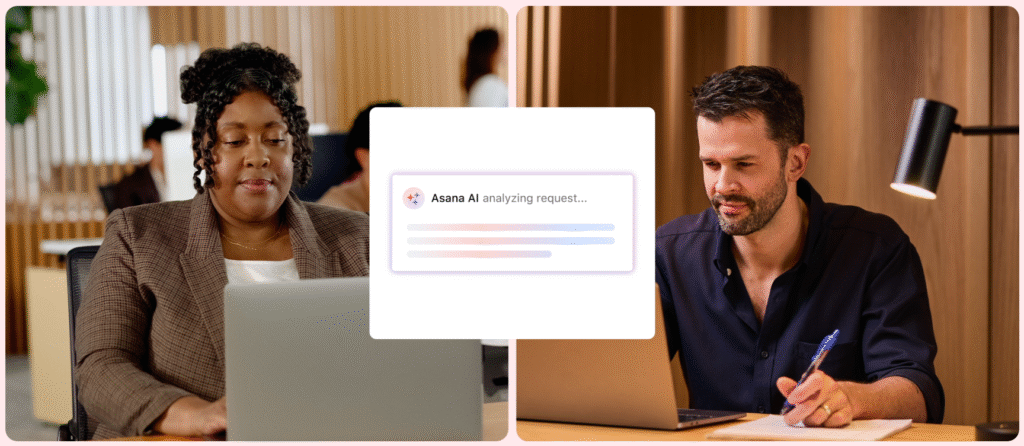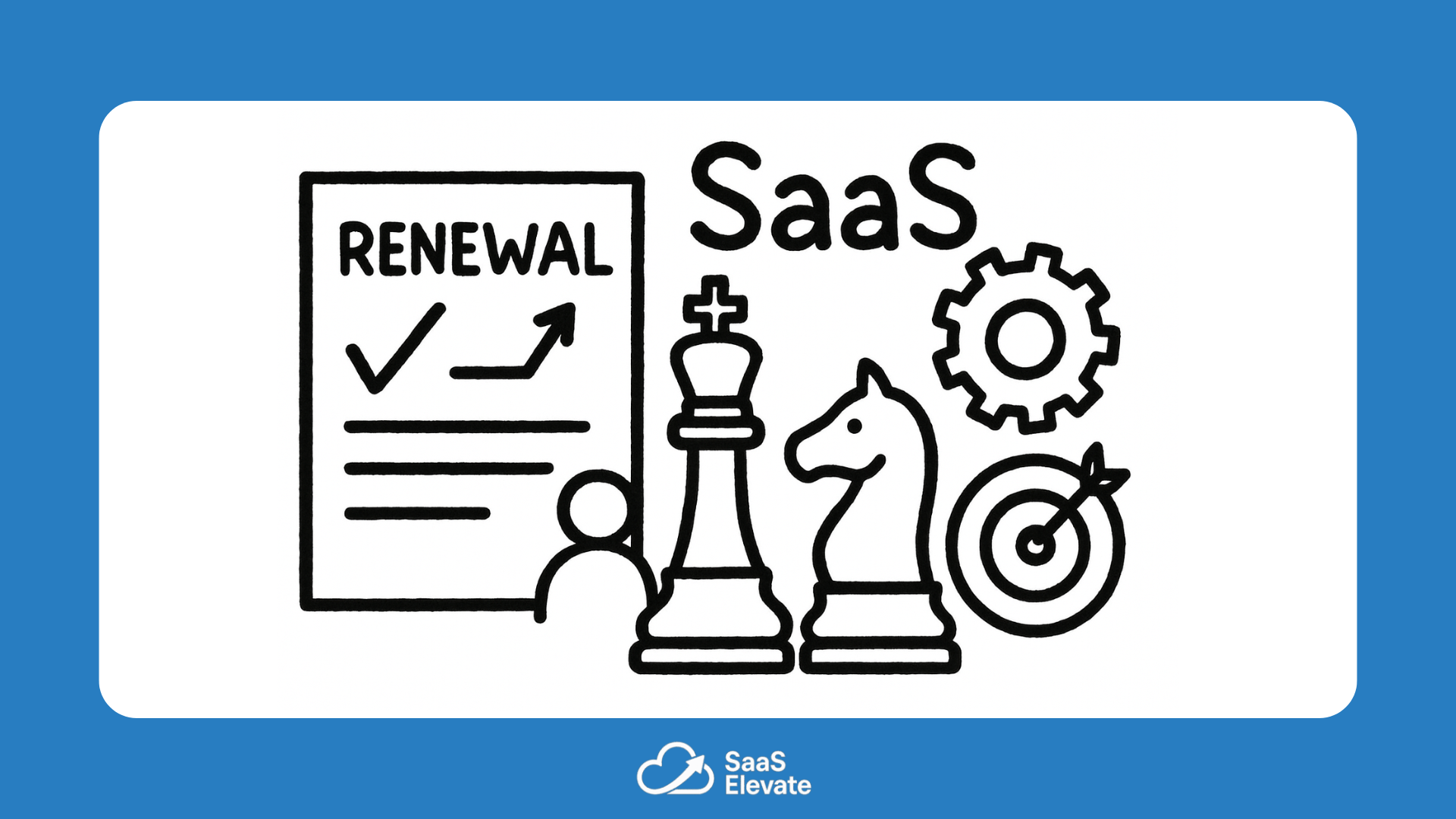Renewals are one of the most reliable indicators of a healthy SaaS business. New signups can fluctuate with market trends and marketing spend, but renewals show whether users found lasting value. A strong renewal rate means your product has become part of how customers work. A weak rate signals deeper issues long before revenue declines. This is why developing a strong SaaS Renewal Playbook is essential for sustainable growth.
Many teams approach renewals as an administrative step at the end of a contract. In reality, renewal starts on day one. Every interaction, success moment, and obstacle affects whether a customer feels confident about staying. The companies with the highest renewal rates understand this. They design their product experience and customer journey around signals that build trust and reduce doubt. This is the foundation of effective SaaS renewal strategies.
Why Renewals Are the Strongest Measure of SaaS Stability
Renewals tell you whether the value you promise is the value customers experience. When users renew consistently, it shows that the product delivers results worth paying for again. This gives the business predictable revenue and reduces pressure to replace lost customers with constant acquisition.
High renewal rates also create an environment for expansion. Customers who stay longer are more open to adding teammates, upgrading plans, or adopting new features. Renewal creates the stability that fuels long-term growth. It also helps teams focus on improving the product instead of chasing churn.
On the other hand, low renewal rates reveal product gaps early. Customers rarely cancel without warning. Engagement falls, adoption slows, and communication becomes passive. Renewal surfaces these issues with clarity. When tracked correctly, it becomes one of the most honest signals of product-market fit.
The Core Elements of an Effective SaaS Renewal Playbook
Strong renewal playbooks focus on the few factors that consistently influence long-term commitment. These elements create confidence, clarity, and predictable outcomes for customers.
The first element is consistent value delivery. Customers renew when the product continues to solve meaningful problems. This requires more than new features. It requires a clear path to results. When customers see progress each week or month, renewal feels like a natural decision.
The second element is strategic communication. Customers who understand their usage, success milestones, and upcoming needs feel more prepared for renewal. This communication should happen gradually over the entire lifecycle, not suddenly when the contract is about to expire.
The third element is proactive risk management. Teams should identify early warning signs such as declining usage, stalled onboarding, or incomplete integrations. Addressing these signals early prevents last-minute surprises and builds a stable renewal pipeline.
These elements form the structure of most reliable SaaS renewal strategies. When practiced consistently, they transform renewals from a stressful process into a predictable outcome.
How High-Growth SaaS Companies Approach Renewals
Different companies use different tactics, but they share a similar philosophy: renewal confidence must be built long before renewal discussions begin.

Intercom focuses heavily on product adoption. Their renewal success comes from ensuring customers use the features that drive clear outcomes. When teams achieve these results repeatedly, renewal becomes almost automatic.

Asana pays close attention to engagement patterns within teams. They measure whether people collaborate, complete tasks, and create projects. These behaviors show whether the customer is experiencing ongoing workflow benefits. When these patterns are strong, renewal rates follow naturally.

HubSpot takes a coaching approach. Their customer success managers guide users through key milestones and highlight progress regularly. Customers who feel supported and aligned with best practices tend to stay longer and expand over time.
These companies succeed because they measure signals that matter. They focus on usage patterns, outcomes, and habits rather than administrative tasks. Their renewal success is a reflection of their product experience, not their renewal process.
What These Examples Reveal About Successful Renewal Strategies
Successful renewal programs do not rely on last-minute negotiations or discounts. They rely on consistent value delivery and steady guidance. Customers renew when they feel confident that the product will continue supporting their goals. This confidence builds over months, not days.
These companies also recognize that renewal risk rarely starts at the end of the contract. It starts when users lose momentum. When engagement slows, they take action quickly. They reach out with targeted help, review workflows, and offer solutions that rebuild progress.
Another pattern is that successful companies highlight wins throughout the customer lifecycle. Progress reports, usage summaries, and milestone check-ins help customers see the impact of the product. This keeps the value visible and reinforces trust.
Practical Ways to Strengthen Your SaaS Renewal Playbook
Renewal improvement does not require a complex system. It requires attention to the moments that shape long-term commitments.
Start by defining the success milestones that matter most. These milestones should reflect what customers need to achieve before renewal feels like a natural choice. Make these milestones easy to see and easy to reach.
Next, create a predictable communication rhythm. Share usage insights, highlight progress, and remind customers of the impact they have achieved. When customers understand how they are using the product, they feel more in control of the decision to renew.
Focus on early risk detection. Look for patterns such as declining usage, delayed onboarding, or stalled adoption. Addressing these issues in real time prevents them from turning into last-minute churn.
Finally, support customers with guidance that matches their needs. Some customers need technical help, while others need strategy. The more relevant the support, the stronger the renewal outcome.
Final Thoughts
A strong SaaS Renewal Playbook is shaped by the experiences customers have throughout their journey, not just at the end of it. When you combine consistent value delivery with reliable SaaS renewal strategies, you create a predictable renewal engine that supports long-term growth. Customers feel supported, outcomes become measurable, and renewal becomes a confident decision instead of a stressful one.

